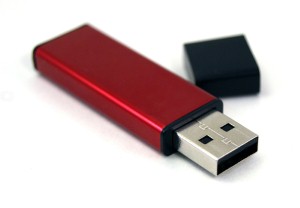
Getting a grasp on ReadyBoost in Windows Vista and 7
By admin on September 28, 2011
Microsoft offers a number of tips for consumers who want to speed up their computer's performance, including standard virus removal, defragmentation and regular spring cleaning. However, one potentially unfamiliar tool may be ReadyBoost, which was first rolled out with Windows Vista but is also available for Windows 7.
What does ReadyBoost do?
Conceptually, ReadyBoost uses a portable external memory device – such as a flash drive or SD card – as a cache. These components store data so that it can be retrieved quickly – a web cache, for instance, saves previous website visits to load the page quickly in the future.
ReadyBoost will use a device's fast flash memory to store certain data, which should increase a computer's speed and performance.
Device compatibility
It's relative easy to find out if a device works with ReadyBoost. Windows will automatically check an external drive's capability when it's plugged in, and it will alert the issue to any problems. Some devices are now sold with ReadyBoost compatibility noted on the package. Microsoft recommends memory drives with at least 1 GB of available space.
How to turn it on
1. Plug the external device into the computer
2. Autoplay should pop up. When it does, select "Speed up my system" under General Options.
3. Once the Properties dialog box appears, select the "ReadyBoost" tab
4. On this tab, users can select from three options
• "Do not use this device," which will deactivate ReadyBoost for that drive
• "Dedicate this device to ReadyBoost," meaning the device's entire memory will be used exclusively for this purpose
• "Use this device," which provides users with the option to select how much memory to dedicate to ReadyBoost
ReadyBoost can be an effective way for users with slower hard drives to maximize performance, though it won't solve all of their speed-related issues. A Virginia virus removal specialist may be able to diagnose more severe performance lags.
For a Free Computer Repair Quote Call (202) 670-9966
Related Virginia Virus Removal Articles
Internet Browser SecurityThe best web browsers do more than just browse
How to shop online safely this holiday season
Dangers of HP’s Built-in Recovery Manager
Macs and Malware



Leave a Reply